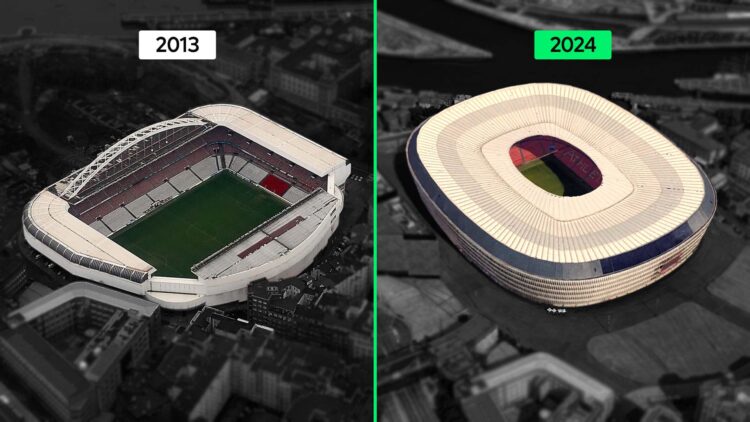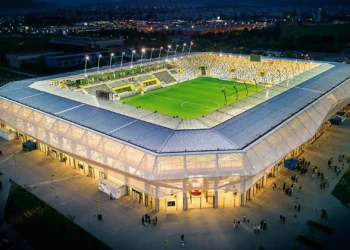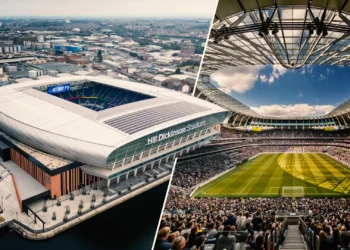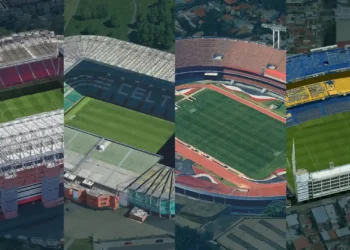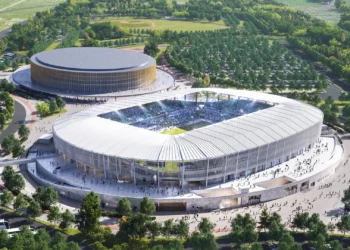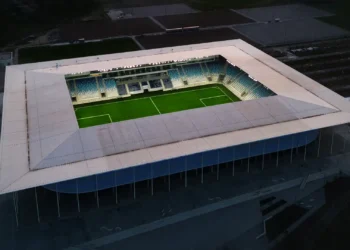Here’s a list of 10 well-known football teams that have changed their stadiums in the 21st century, moving to new, modern facilities:
Tottenham Hotspur – From White Hart Lane to Tottenham Hotspur Stadium (2019)
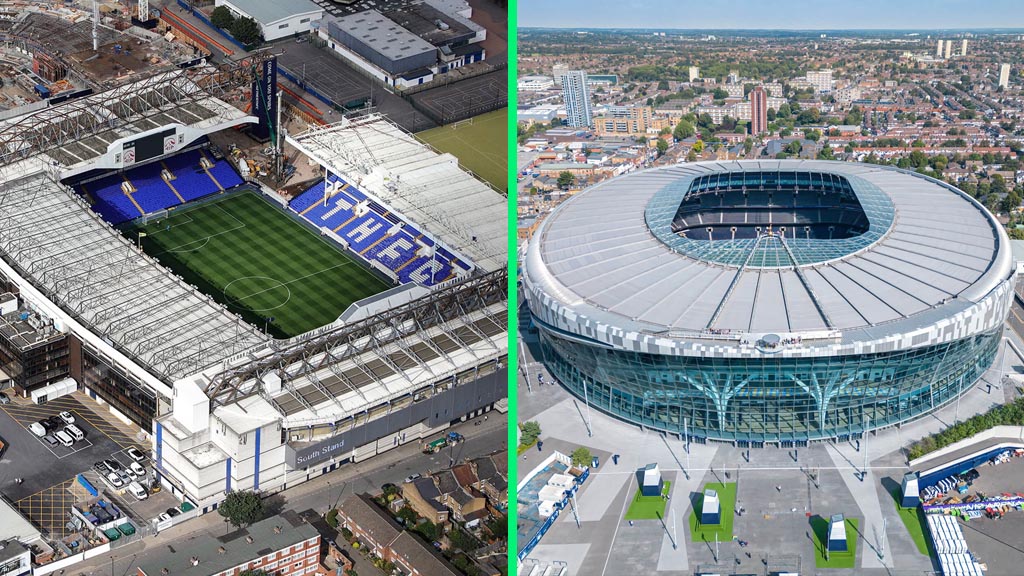
Tottenham built an advanced new stadium with greater capacity and cutting-edge technology to enhance the fan experience.
Atletico Madrid – From Vicente Calderón to Metropolitano Stadium (2017)
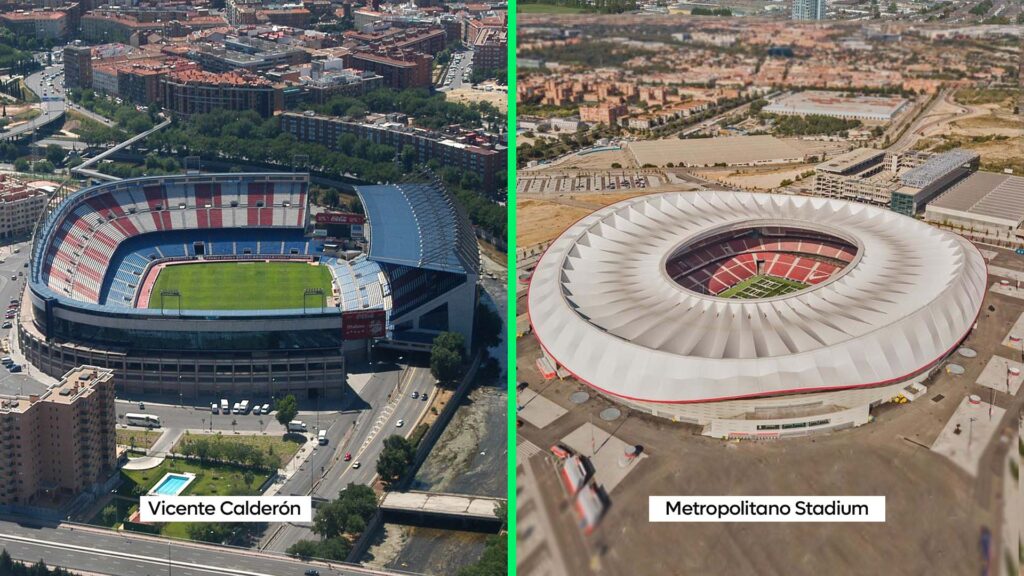
Atletico moved to a larger, state-of-the-art stadium to improve fan experience and accommodate more supporters.
Arsenal – From Highbury to Emirates Stadium (2006)
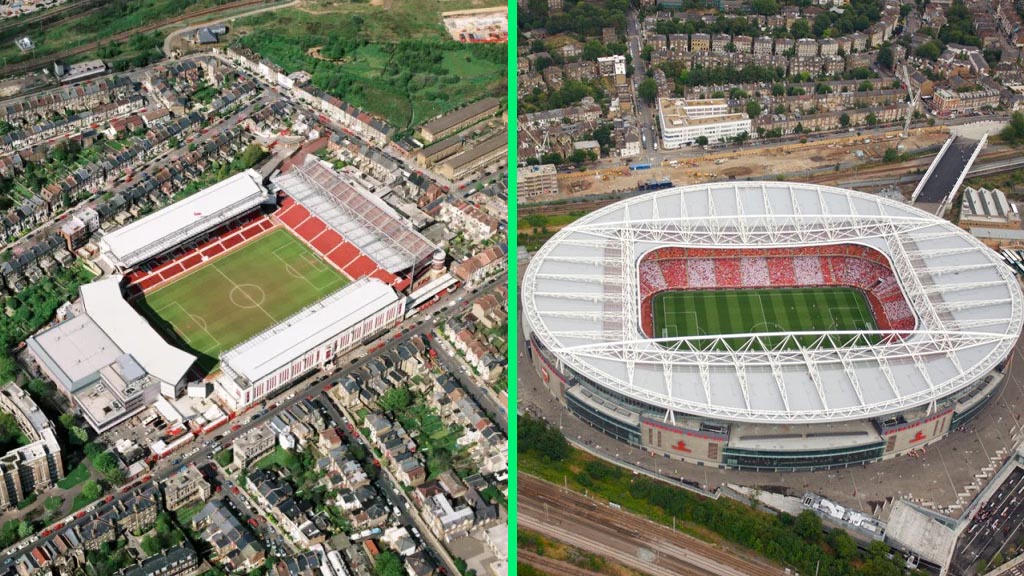
Arsenal upgraded to a modern stadium with increased capacity, moving from Highbury to boost revenue and fan amenities.
Juventus – From Stadio delle Alpi to Allianz Stadium (2011)
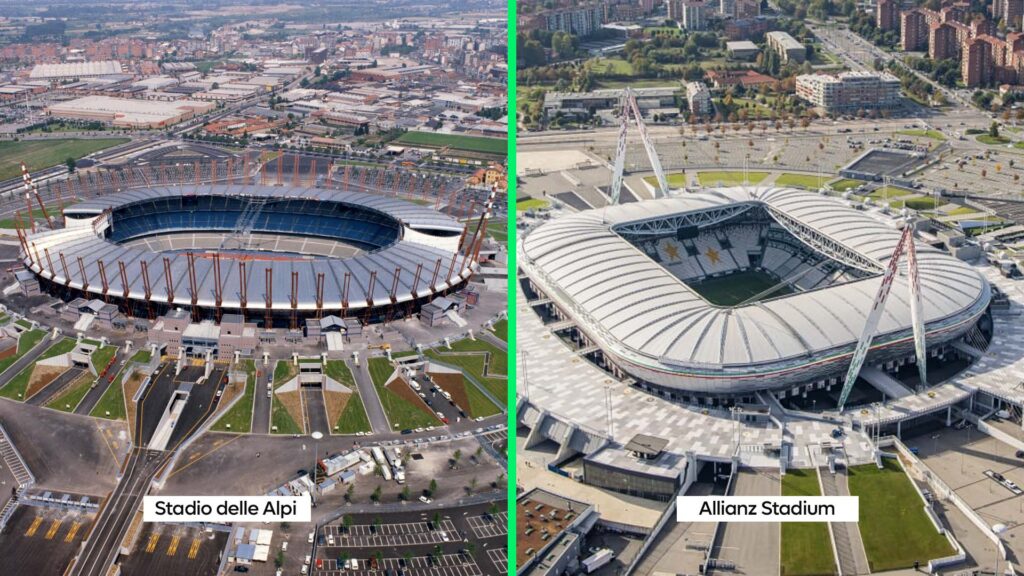
Juventus built a smaller yet modern stadium to offer an intimate atmosphere, improving control over revenue.
Manchester City – From Maine Road to Etihad Stadium (2003)
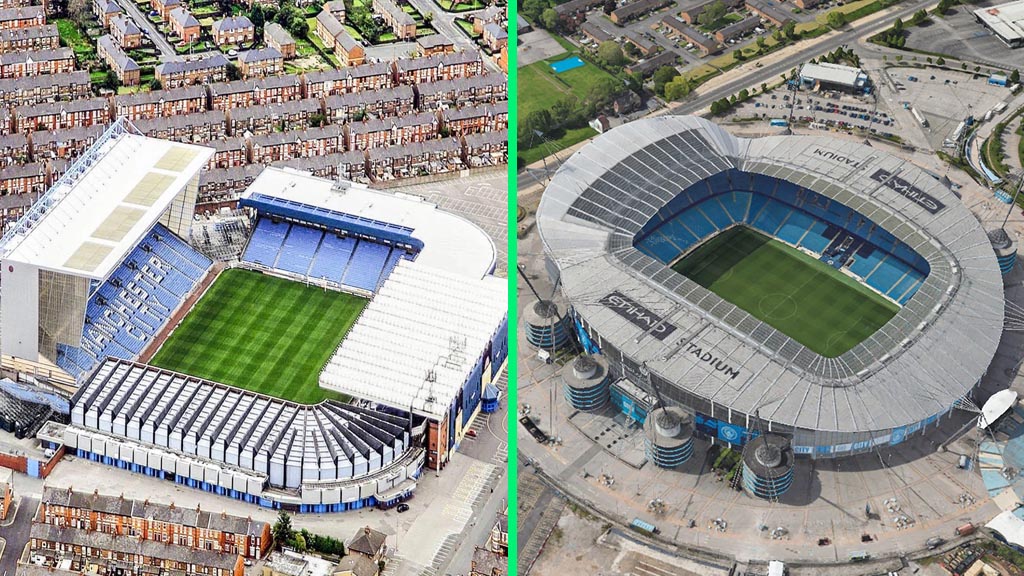
Manchester City upgraded to the Etihad Stadium, increasing capacity and enhancing the overall matchday experience.
West Ham United – From Upton Park to London Stadium (2016)
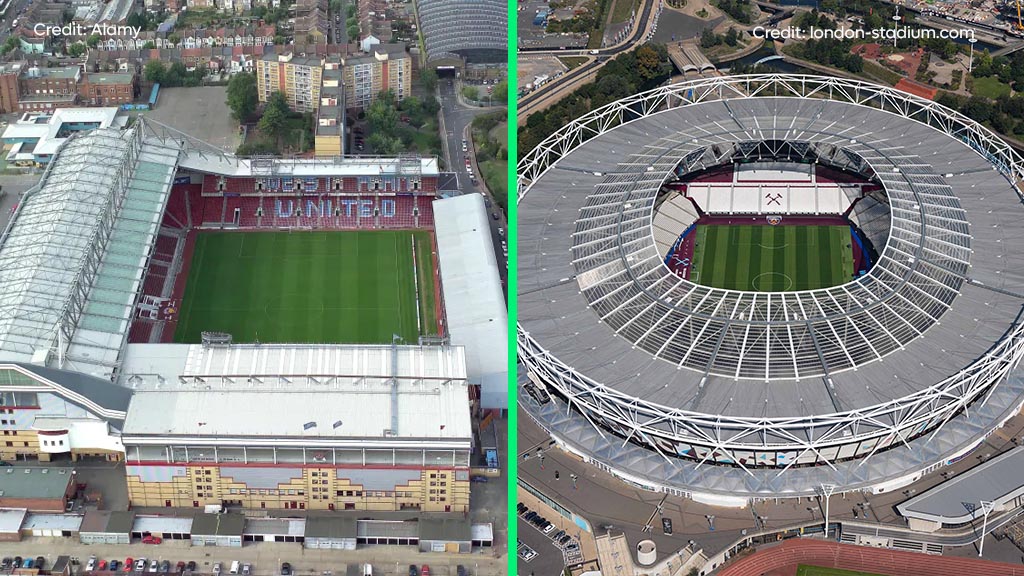
West Ham moved to the 2012 Olympic venue, London Stadium, providing more seating and growing the fanbase.
Bayern Munich – From Olympiastadion to Allianz Arena (2005)
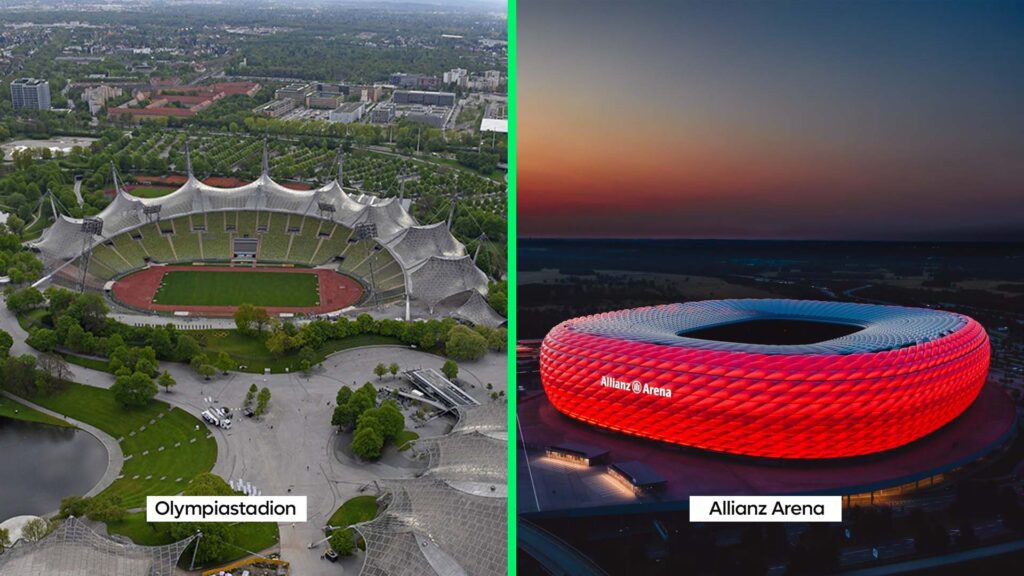
Bayern Munich moved to Allianz Arena, a highly modern stadium known across Europe for its design.
Galatasaray – From Ali Sami Yen Stadium to RAMS Park (2011)
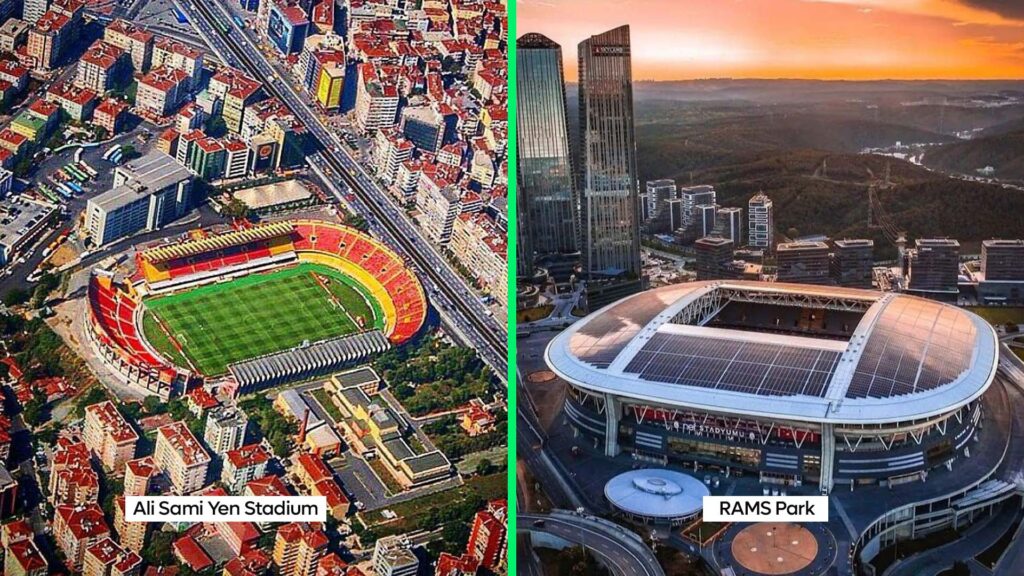
Galatasaray moved into a state-of-the-art stadium, just a few kilometers from their historic ground, providing better facilities.
Athletic Bilbao – From the old San Mamés to the new San Mamés (2013)
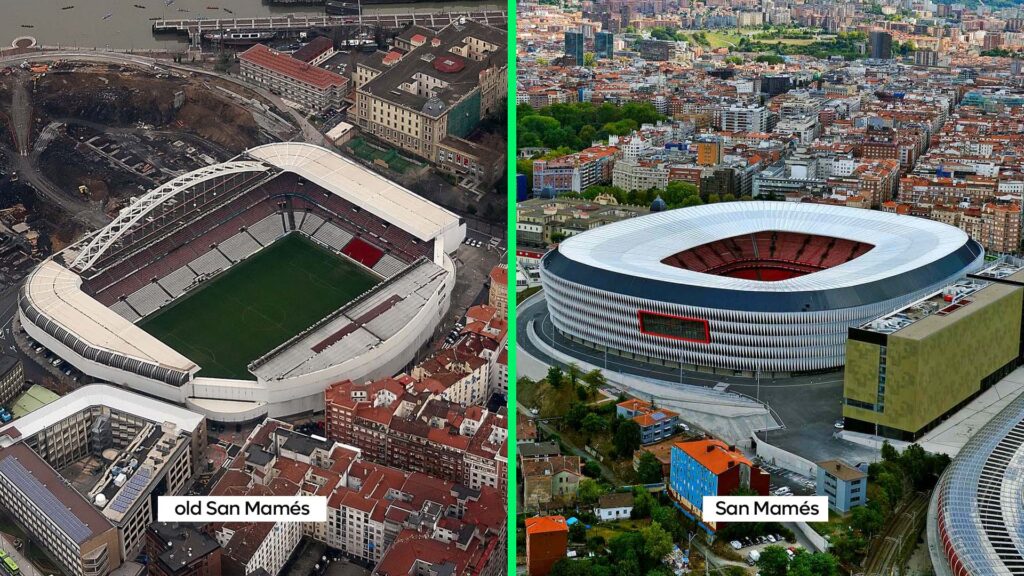
Athletic Bilbao built a modern stadium at the original location, increasing capacity and upgrading the structure.
Zenit St. Petersburg – From Petrovsky Stadium to Gazprom Arena (2017)
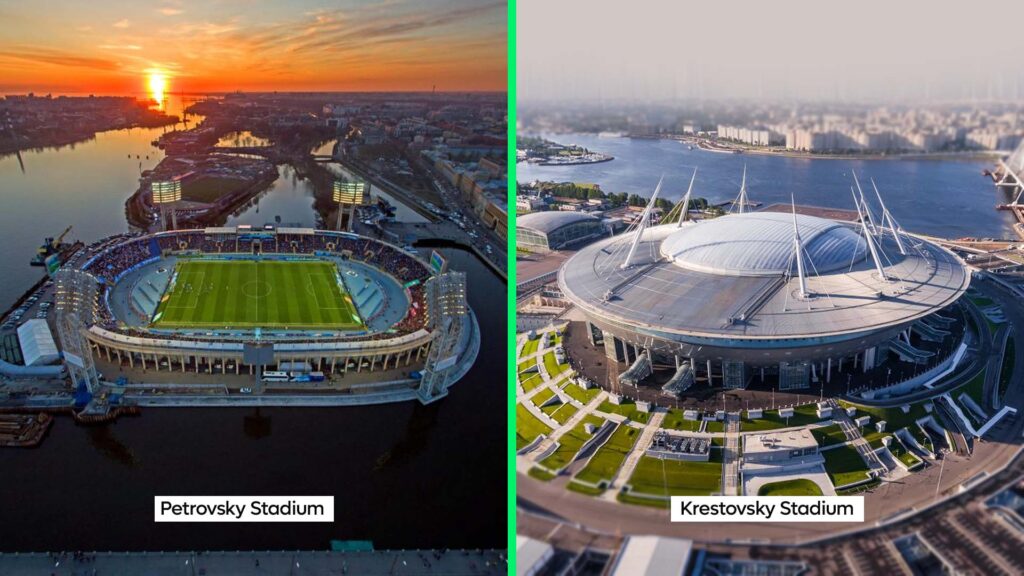
Zenit moved to a spacious, modern venue with capacity suited for international events and a unique retractable roof.
These changes have offered clubs the opportunity to significantly increase revenue, create better and more comfortable conditions for fans, and build a more energetic and attractive atmosphere in their stadiums. The new and renovated stadiums are designed to improve the overall fan experience, including modern technology, clearer views, more comfortable seats and amenities such as shops, restaurants and family areas. Additionally, these advanced infrastructures help improve security and logistics, making the experience more organized and safer for all participants. With improved stadiums, clubs also attract important international events, increasing their reputation and creating opportunities for new partnerships and additional sources of income.

